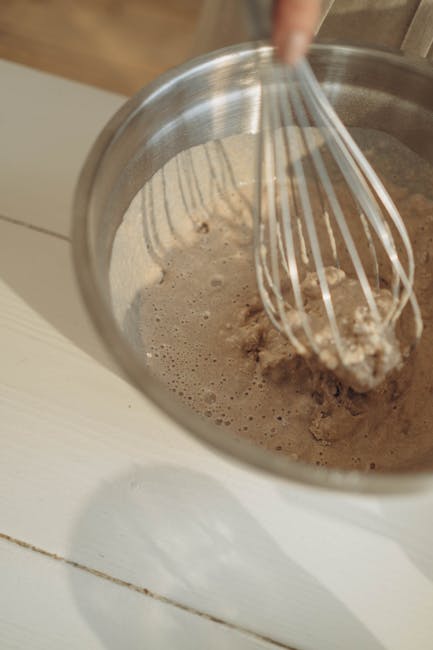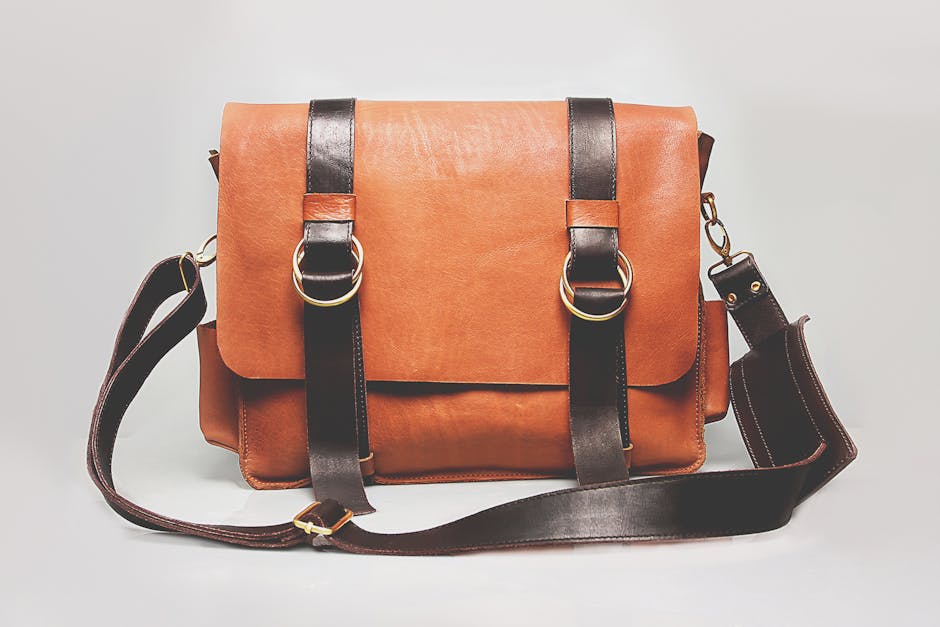Combining Texture
Introduction
Combining textures in design, whether in fashion, interiors, or art, is a powerful technique for adding depth, visual interest, and a tactile quality that elevates the overall aesthetic. It’s about creating a harmonious balance between contrasting or complementary surfaces, transforming a potentially flat and uninspired space into a rich and engaging environment. This article explores the art of combining textures, providing insights and practical tips to help you master this design principle.
The Art of Texture Combination
Understanding Different Texture Types
Before diving into combinations, it’s crucial to understand the fundamental types of textures:
- Visual Texture: Creates the illusion of texture through patterns, colors, or imagery. Think of fabrics with printed designs or wallpaper that mimics brick.
- Tactile Texture: Refers to the actual physical feel of a surface. Examples include rough wood, smooth silk, and bumpy stucco.
Why Combining Textures Works
Thoughtfully combining textures offers several advantages:
- Adds Depth and Dimension: Varied textures prevent a space from feeling one-dimensional and create a more dynamic and layered look.
- Creates Visual Interest: Contrasting textures draw the eye and make a design more engaging and memorable.
- Enhances the Tactile Experience: Texture invites touch and adds a sensory element to design, making it more inviting and comfortable.
- Defines Style and Mood: Specific texture combinations can evoke certain styles, from rustic and cozy to sleek and modern.
Principles for Successful Texture Combinations
While there are no hard and fast rules, these principles can guide your texture mixing endeavors:
- Consider Contrast: Juxtapose rough and smooth, hard and soft, matte and glossy surfaces to create a dynamic interplay. For example, pairing a rustic wooden table with sleek metal chairs.
- Maintain Balance: Avoid overwhelming the space with too many competing textures. Anchor your design with a dominant texture and use others sparingly as accents.
- Pay Attention to Scale: The scale of the texture pattern matters. Large-scale textures can be visually dominant, while small-scale textures are more subtle. Consider how different scales interact with each other.
- Color Harmony: While texture is the focus, color plays a crucial role in unifying the look. Choose colors that complement each other and allow the textures to shine.
- Consider the Overall Style: The textures you choose should align with the overall design aesthetic. A minimalist space might benefit from subtle variations in smooth textures, while a bohemian style might embrace a bolder mix of patterns and materials.
Examples of Texture Combinations in Different Fields
Interior Design
Consider these texture combinations for interior spaces:
- Living Room: A velvet sofa paired with a woven rug, linen curtains, and a ceramic coffee table.
- Bedroom: A chunky knit throw blanket on a smooth cotton duvet cover, accompanied by wooden nightstands and soft wool carpeting.
- Bathroom: Sleek porcelain tiles contrasted with textured stone accents and soft, absorbent towels.
Fashion
Texture combinations in clothing can elevate an outfit:
- Example 1: A leather jacket worn over a silk blouse, paired with denim jeans.
- Example 2: A chunky knit sweater layered over a crisp cotton shirt, paired with corduroy pants.
- Example 3: A velvet dress accented with a beaded belt.
Conclusion
Mastering the art of combining textures is a key skill for any designer or individual looking to enhance their visual environment. By understanding different texture types, embracing the principles of contrast and balance, and exploring various combinations, you can create spaces and outfits that are visually stimulating, tactilely engaging, and truly unique. Experiment, be bold, and trust your instincts to create harmonious and captivating texture combinations.














Post Comment